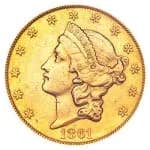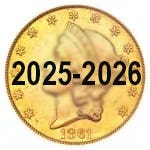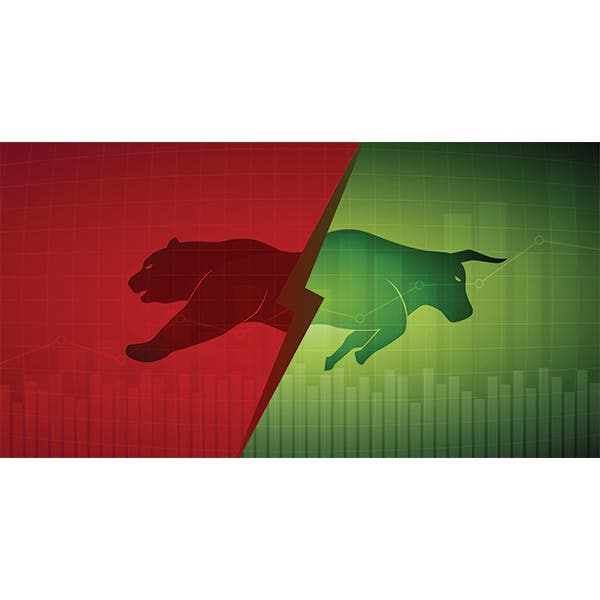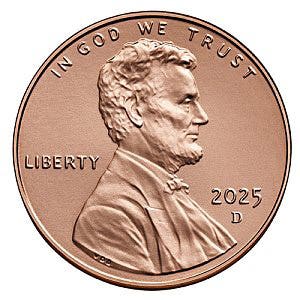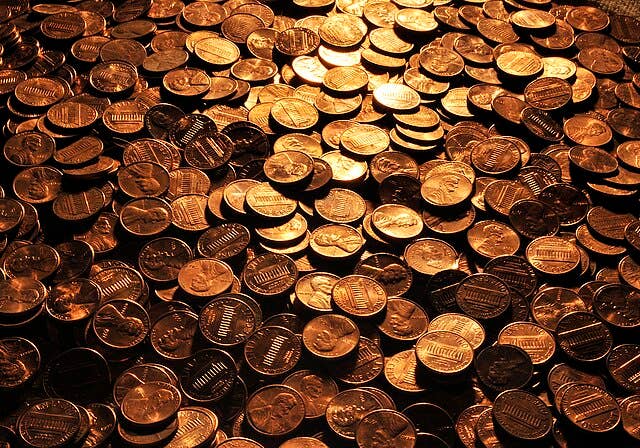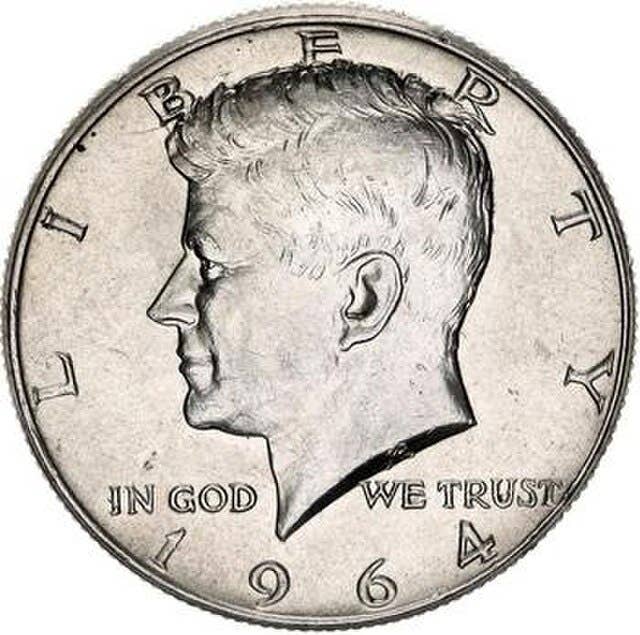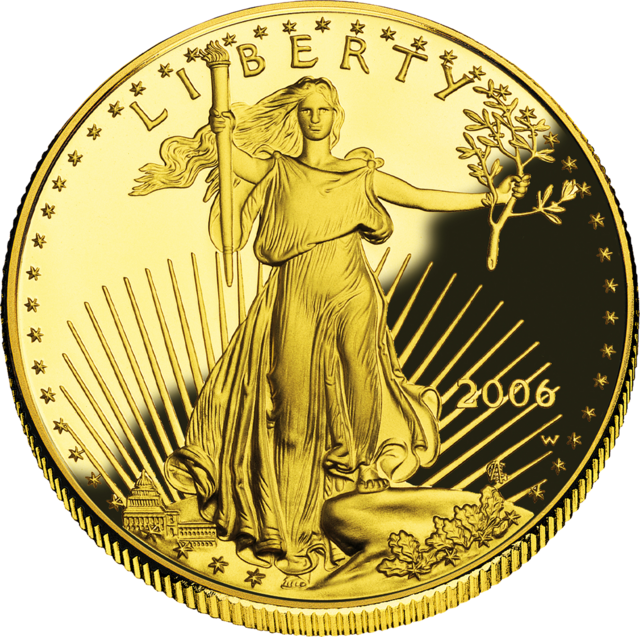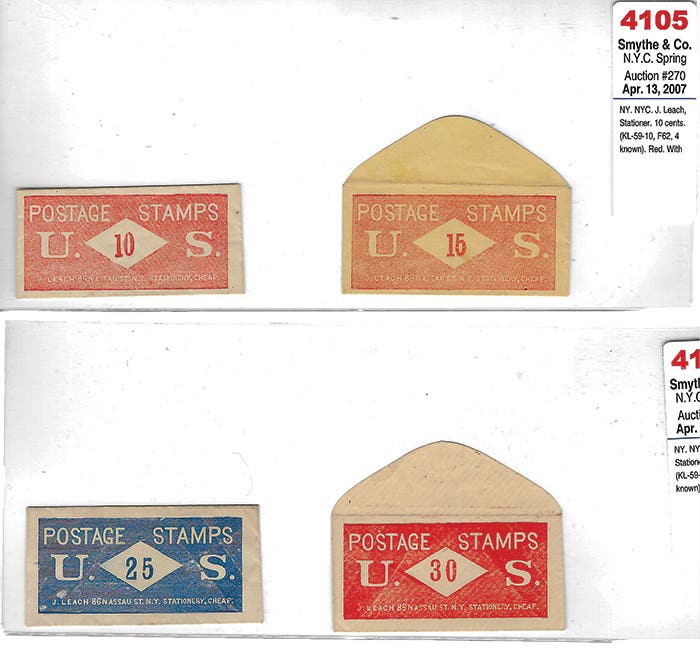Numismatists Like Stories
From Lydia to Lady Liberty, numismatists love a good story. Many coins are a chapter in a much bigger story of art, politics, and people.
Think about what it is about coins and currency that captured your interest in the hobby of numismatics. While some of you may have started simply from the prospect of financial preservation or gain, that did not necessarily turn you into someone who studies money.
The reasons why coins were created, and where and when that occurred, tell stories that can captivate your interest. The earliest coins from the Kingdom of Lydia certainly weren’t works of art by today’s technological standards. Still, the details of how they were handcrafted tell the story of the technology of that era.
There is a story behind why today’s dirham monetary unit in Morocco traces its name back to the ancient Greek drachm, which was created over 2,500 years ago and is 1,500 miles away.
Do you know why early U.S. Half Cents and Cents depict the same Phrygian cap that appeared on the reverse of the Silver Denarius issued by Brutus to celebrate the assassination of Julius Caesar on the Ides of March in 44 B.C.?
As the U.S. Constitution was drafted in Philadelphia in 1787, it was already accepted that George Washington would become the first president once it was adopted. Since Washington was so universally honored and revered, why didn’t his image appear on the earliest U.S. coinage (similar to the United Kingdom and many other nations that for two thousand years put the images of their monarchs on coin issues)?
Why did President Theodore Roosevelt send his friend Augustus Saint Gaudens to secretly work on new designs for U.S. Gold Eagles and Double Eagles? And why did Roosevelt object to the "In God We Trust" motto appearing on coins?
How did the Walking Liberty Half Dollar represent a declaration of the United States emerging as a world power?
Why were the Kissee pennies that circulated in and around modern-day Liberia made of iron?
What was the reason for the first issues of paper money in the 7th century A.D., and when and where did the first government-issued paper currency debut?
Have you ever found a coin or note that you obtained at face value that had a fair market value higher than its face value?
What do Martha Washington, Winfield Scott Hancock, William Windom, Robert Fulton, Samuel F. B. Morse, Robert Morris, Thomas Hendricks, Stephen Decatur, Daniel Manning, Edward Everett, Charles Sumner, and William Marcy have in common?
From which nations are the structures appearing on the euro currency located?
What are the stories behind the derivation of the name of each monetary unit?
Why were so many Morgan Dollars struck but never placed into circulation?
This just touches the surface of all the stories there are for numismatists.
Even with the smallest collection, I’m sure that you could create many stories from what you have that would interest a non-numismatist.
Last column’s numismatic trivia question.
Last time, I asked— Which U.S. circulating coin depicted the same U.S. president on both the obverse and reverse sides? The answer is the Lincoln Cent with the Lincoln Memorial building on the reverse, which was issued from 1959 to 2008. In the center of the pillars of the Lincoln Memorial is a miniature reproduction of a seated Abraham Lincoln, which faithfully reproduces Lincoln’s appearance in the actual Memorial building. The image is so small that it cannot be identified as Lincoln on the reverse of these cents, but that is him on both the obverse and reverse of these coins.
This week’s trivia question
Here is this week’s question. What was the highest numeric denomination ever used on a national government currency? Come back next week for the answer.
Patrick A. Heller was honored as a 2019 FUN Numismatic Ambassador. He also received the American Numismatic Association 2018 Glenn Smedley Memorial Service Award, the 2017 Exemplary Service Award, the 2012 Harry Forman National Dealer of the Year Award, and the 2008 Presidential Award. Over the years, he has also been honored by the Numismatic Literary Guild (including twice in 2020), the Professional Numismatists Guild, the Industry Council for Tangible Assets, and the Michigan State Numismatic Society. He is the communications officer of Liberty Coin Service in Lansing, Michigan, and writes “Liberty’s Outlook,” a monthly newsletter on rare coins and precious metals subjects. Past newsletter issues can be viewed at www.libertycoinservice.com. Some of his radio commentaries, "Things You ‘Know’ That Just Aren’t So,” and “Important News You Need To Know,” can be heard at 8:45 a.m. Wednesday and Friday mornings on 1320-AM WILS in Lansing (which streams live and becomes part of the audio archives posted at www.1320wils.com).
You may also like:

